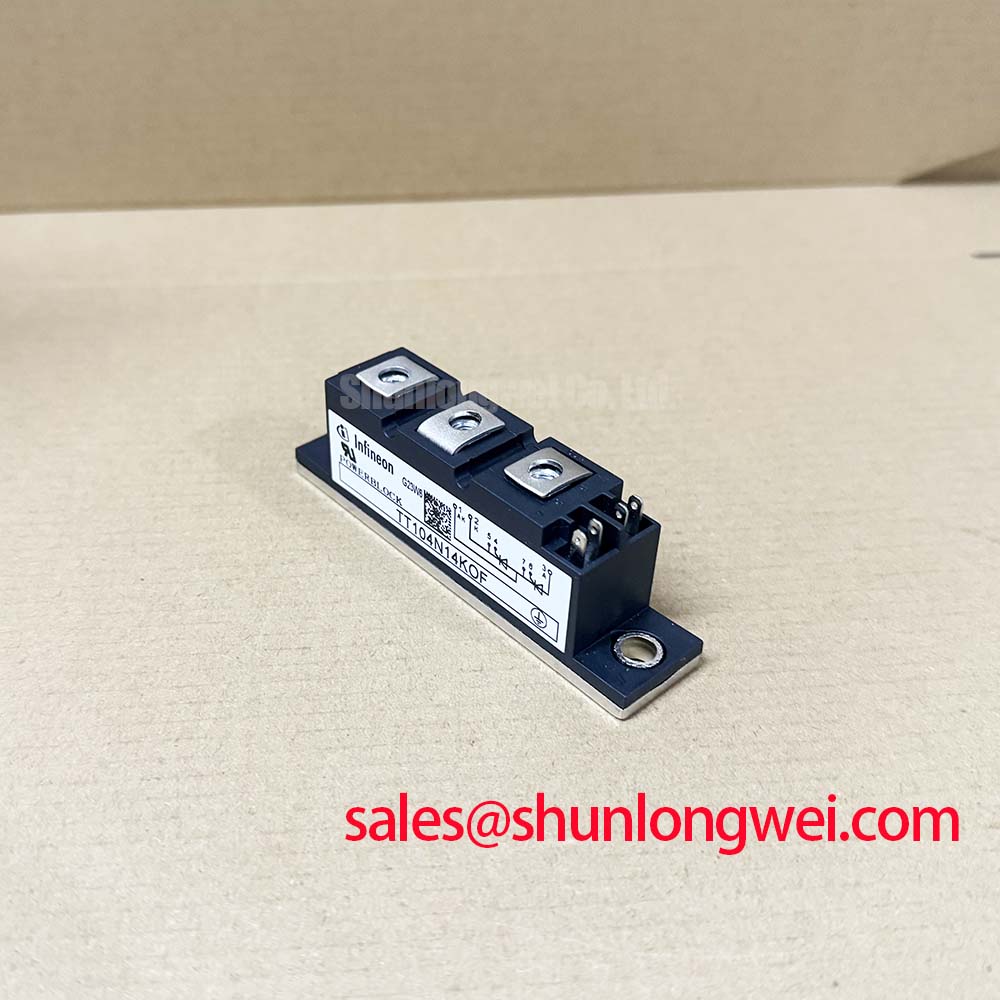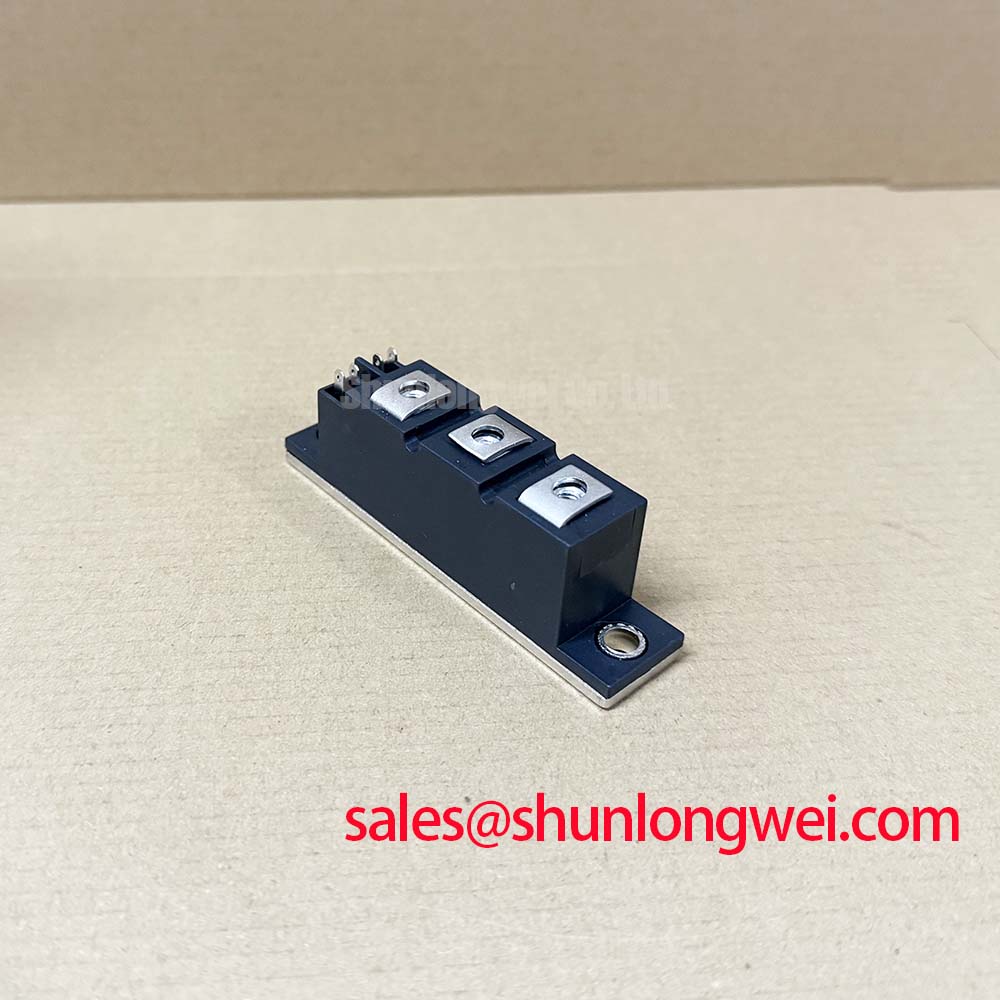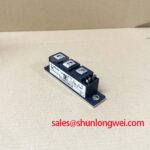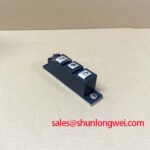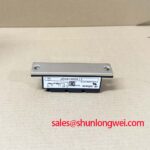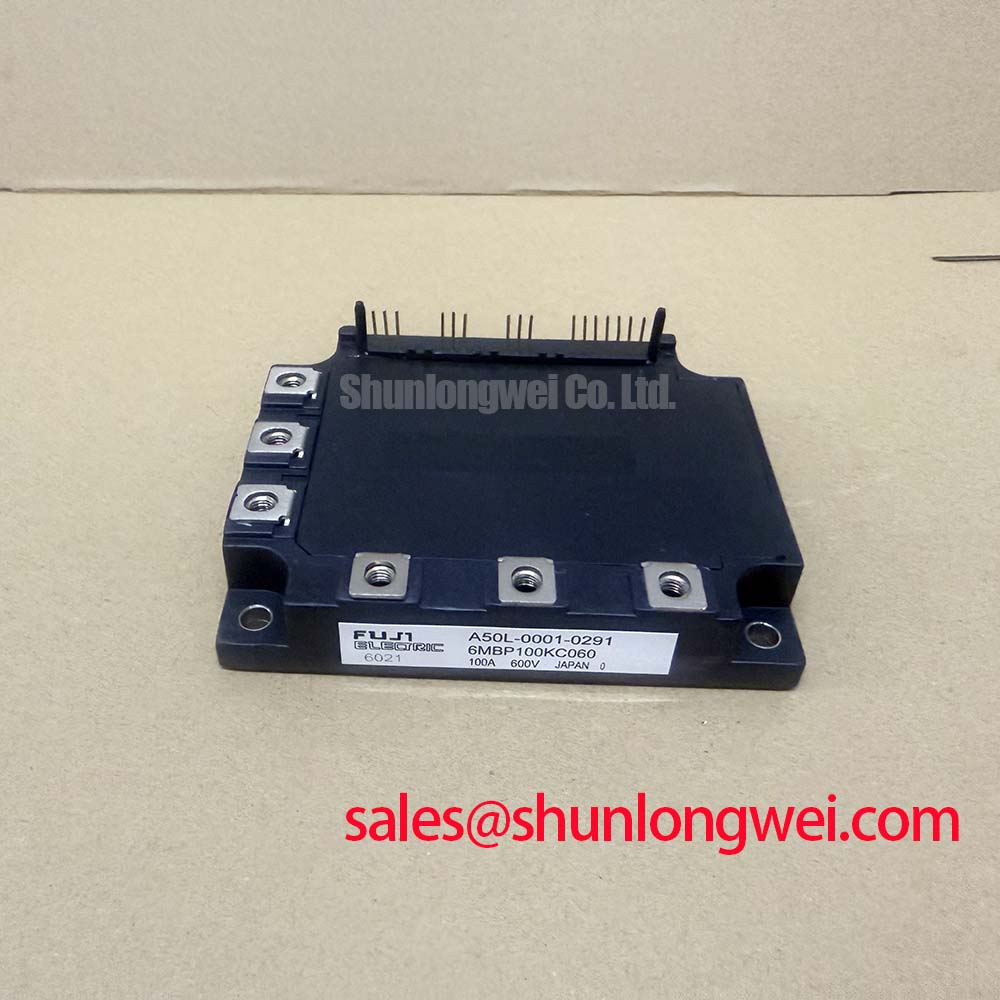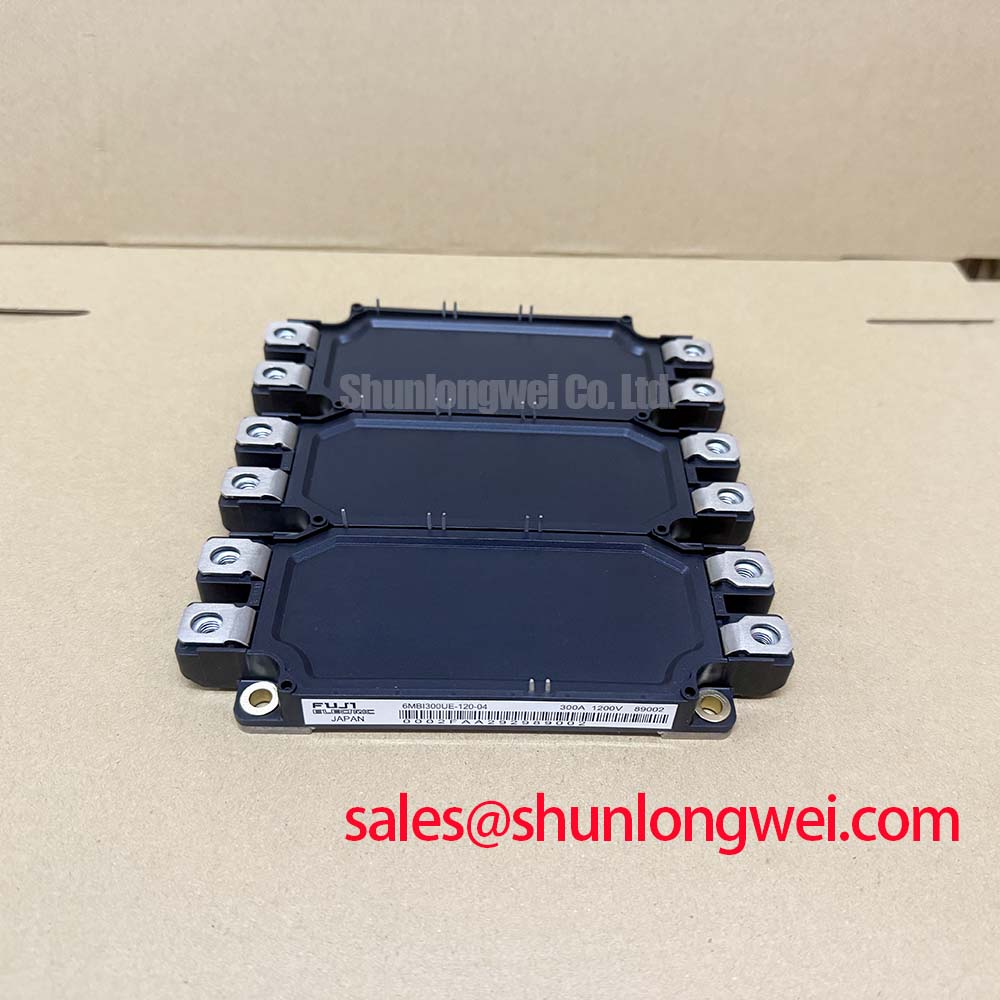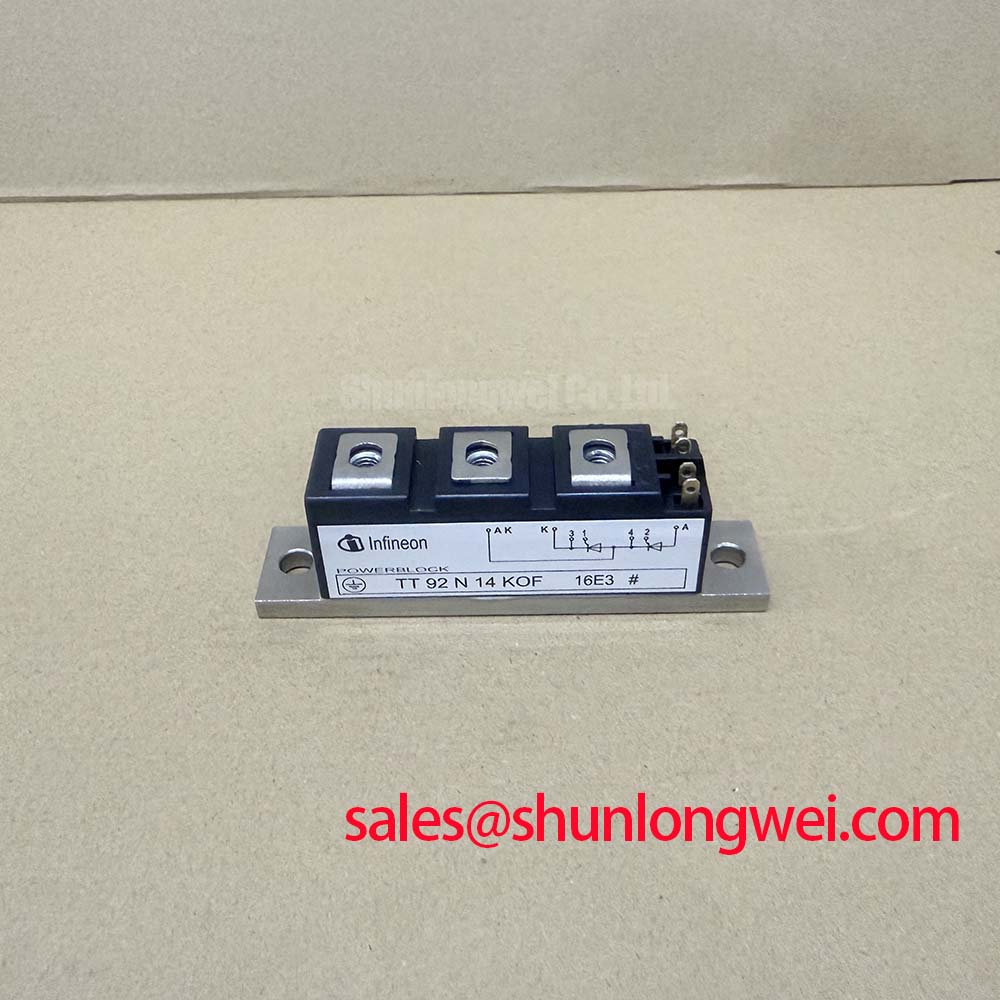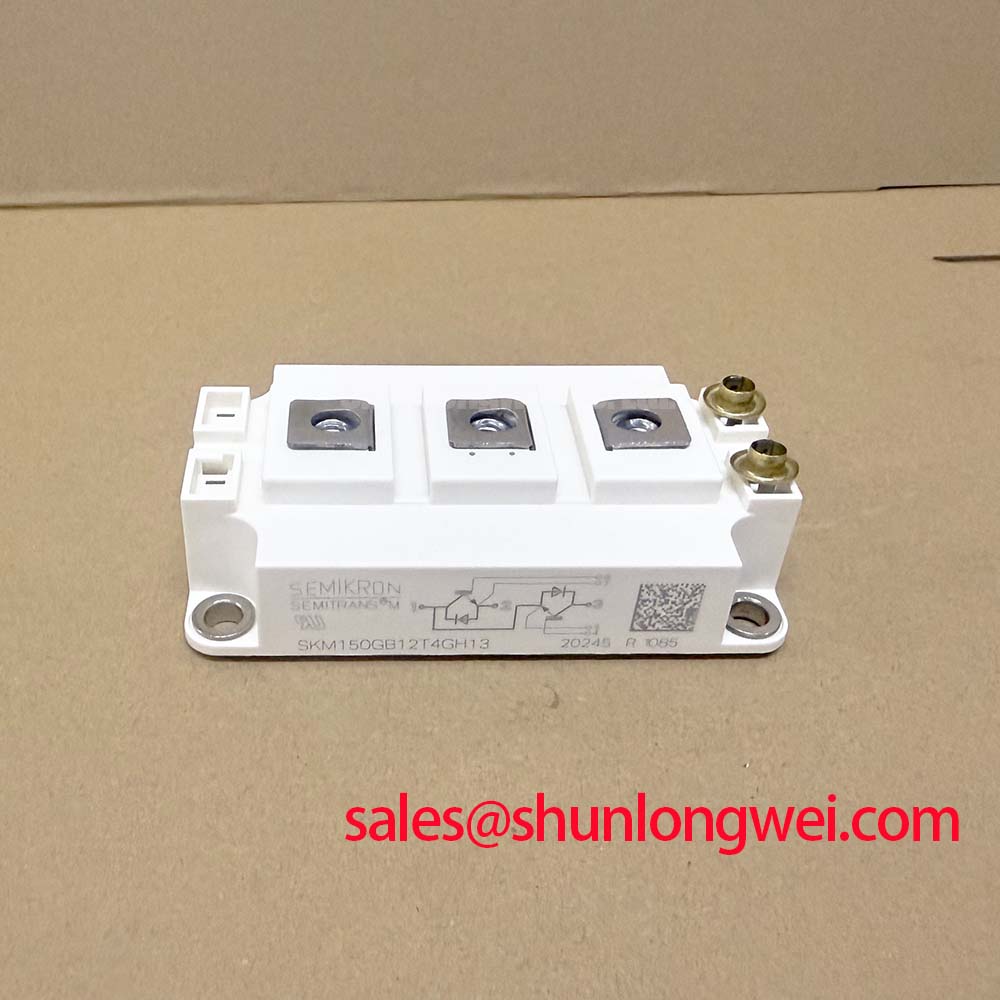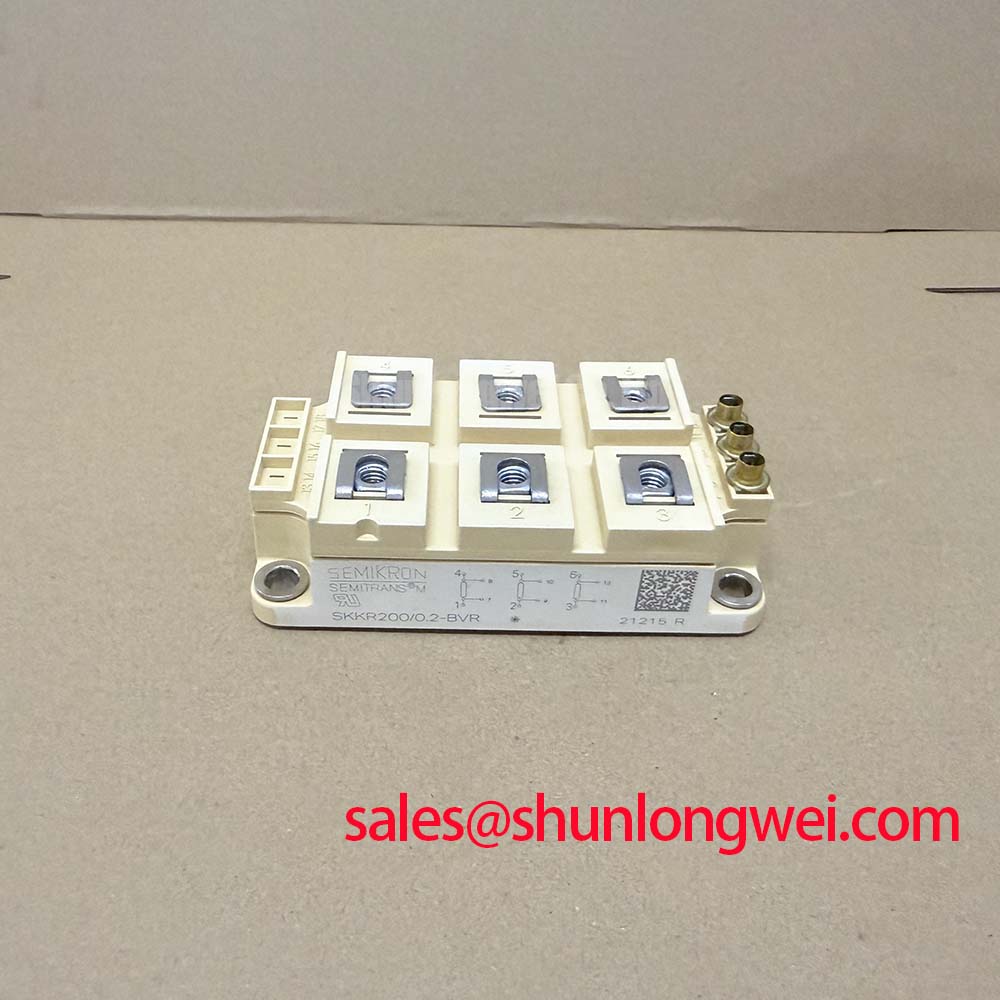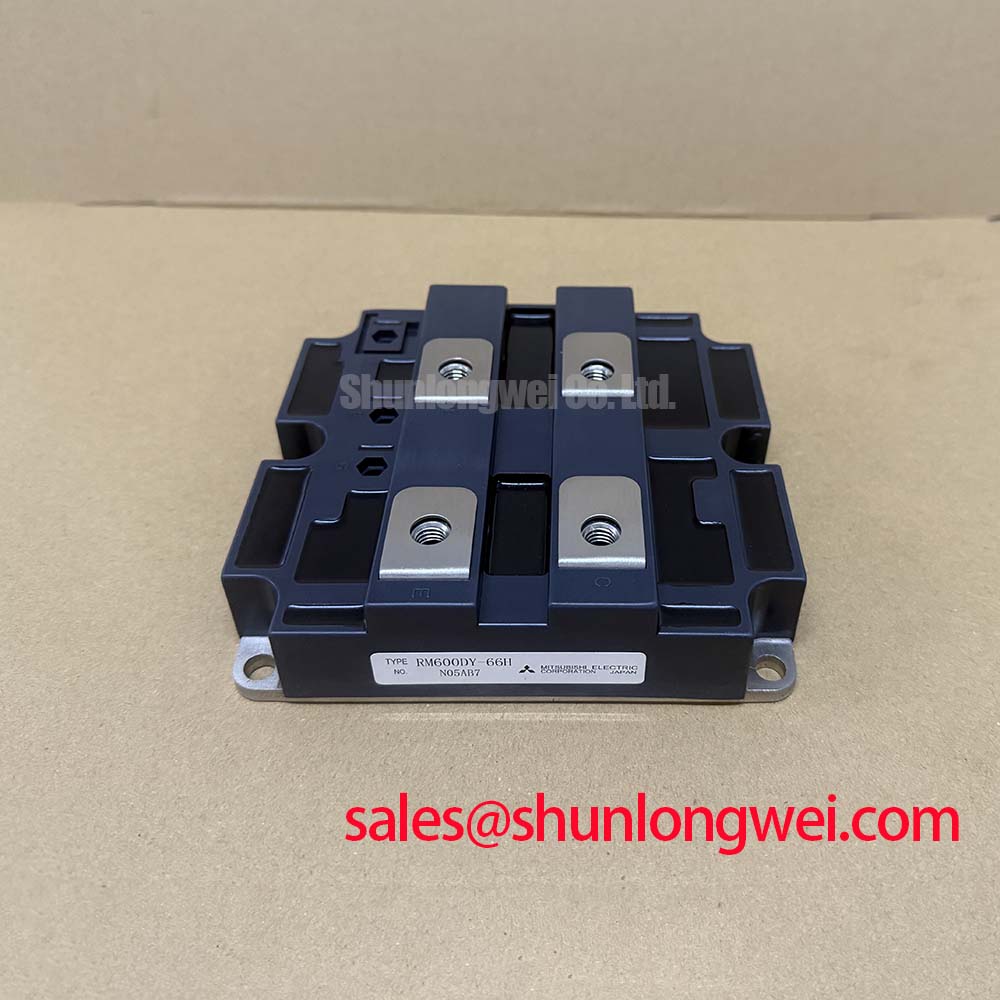Infineon TT104N14KOF Thyristor Module Datasheet & Specs
Reliable Phase Control Through Advanced Module Construction
The Infineon TT104N14KOF Thyristor Module is engineered for superior operational lifespan in demanding power control systems by utilizing Pressure Contact Technology to eliminate solder-related failure points. What is the primary benefit of its pressure-contact design? It ensures enhanced long-term reliability by removing solder fatigue as a degradation mechanism. This design provides a robust foundation for systems where consistent performance over many thermal cycles is a key design criterion.
- Core Specifications: 1400V | 104A (TC=85°C) | Visol 3600V
- Key Benefits: Exceptional thermal cycling endurance. High operational stability.
Technical Inquiries on the TT104N14KOF
This section addresses common engineering questions regarding the TT104N14KOF to support design and implementation decisions.
- How does the pressure contact design of the TT104N14KOF contribute to a lower total cost of ownership (TCO)?The pressure contact system creates a direct, solder-free interface between the semiconductor chip and the terminals. This design fundamentally prevents failures caused by solder joint fatigue, a common issue in modules subjected to frequent temperature fluctuations (e.g., in motor soft starters or temperature controllers). By extending the module's operational life and reducing the likelihood of premature failure, it minimizes system downtime, repair expenses, and replacement frequency, thereby lowering the TCO over the system's entire lifecycle.
- What is the significance of the 3600V isolation voltage (Visol)?The Visol rating of 3600V indicates a high degree of electrical insulation between the live electrical terminals and the module's baseplate. This is a critical safety parameter, ensuring that high voltage does not leak to the heatsink or system chassis, protecting both equipment and personnel. It provides a substantial safety margin for systems operating on high-voltage industrial mains, such as 400V, 575V, or 690V lines, and simplifies meeting regulatory compliance standards like UL.
Datasheet-Driven Comparison for System Integration
To assist in your component evaluation process, this section provides a factual comparison based on key datasheet parameters. The selection of a power module depends on a holistic analysis of the specific application's electrical, thermal, and mechanical requirements.
When evaluating the TT104N14KOF against other thyristor modules, consider the following points:
- Construction Technology: The TT104N14KOF utilizes Pressure Contact Technology. For applications involving high numbers of thermal cycles, this can offer a distinct advantage in longevity compared to conventionally soldered modules, which may be more susceptible to solder fatigue over time.
- Voltage Rating (VDRM/VRRM): With a 1400V rating, this module provides a standard safety margin for 400V/480V AC line applications. For systems operating on higher voltage lines, such as 690V, a device with a higher rating like the TT162N16KOF at 1600V may be a more appropriate consideration for ensuring sufficient design margin.
- Thermal Resistance (RthJC): The junction-to-case thermal resistance is a critical factor in heatsink design. A lower RthJC value allows for more efficient heat transfer away from the semiconductor junction, potentially allowing for a smaller heatsink or operation at higher ambient temperatures. This parameter should be directly compared with alternatives to forecast thermal performance.
For systems that require integrated diode functionality alongside thyristors, exploring modules with different topologies may be necessary.
Deployment Scenarios: Where Reliability is Paramount
The robust construction of the Infineon TT104N14KOF makes it a suitable component for a range of medium-power AC control applications where uptime and service life are critical operational metrics.
Key Application Areas
- Industrial Motor Control: The module's high thermal cycling capability is ideal for use in soft starters for AC motors, where it manages the inrush current during startup, a process that induces significant thermal stress. Its reliability ensures a long service life in this demanding role.
- Power Supplies and Rectifiers: In controlled and uncontrolled rectifier circuits, the TT104N14KOF provides a dependable solution for converting AC to DC power for industrial processes, battery charging systems, and DC power grids.
- Lighting and Heating Control: For high-power industrial lighting dimmers and resistive heating element controllers, the module's precise phase-angle control enables efficient power regulation, while its robust design handles the continuous load.
For high-frequency applications where switching losses are the primary concern, designers often explore different technologies. You can learn more by reading a guide to power semiconductor selection.
Strategic Advantages in High-Stress Power Systems
Integrating the TT104N14KOF into power system designs provides a strategic advantage rooted in long-term operational predictability. In sectors like manufacturing automation and infrastructure, where unscheduled downtime can lead to significant financial losses, component longevity is a key performance indicator. The module's pressure contact design directly addresses this by engineering out a common wear-out mechanism. This focus on intrinsic reliability supports the move towards maintenance-free systems and aligns with the Industry 4.0 goal of maximizing operational availability and reducing the lifecycle cost of assets.
Core Electrical and Thermal Parameters
The following parameters for the TT104N14KOF are derived from the official datasheet, providing a foundation for system modeling and performance analysis. For comprehensive data, including characteristic curves and mechanical drawings, please refer to the official PDF document.
| Parameter | Symbol | Condition | Value |
|---|---|---|---|
| Electrical Characteristics | |||
| Repetitive Peak Off-State Voltage | VDRM, VRRM | 1400 V | |
| Average On-State Current | ITAVM | TC = 85°C | 104 A |
| RMS On-State Current | ITRMS | TC = 55°C | 200 A |
| Surge Current | ITSM | t = 10 ms, Tvj = 25°C | 1900 A |
| Gate Trigger Current | IGT | Tvj = 25°C | max. 150 mA |
| Thermal and Mechanical Characteristics | |||
| Operating Junction Temperature | Tvj op | -40 to +125 °C | |
| Thermal Resistance, Junction to Case | RthJC | per Thyristor | max. 0.25 K/W |
| Isolation Voltage | Visol | RMS, 50 Hz | 3600 V |
| Mounting Torque | M | Terminals / Mounting | 5 Nm / 5 Nm |
Illustrative Deployment: Enhancing Soft Starter Lifespan
A key application for a device like the TT104N14KOF is in a three-phase soft starter for a 55 kW (75 HP) AC induction motor on a 400V line. During each startup, the thyristors absorb significant thermal stress as they ramp the voltage. In a manufacturing facility with frequent start/stop cycles, a standard soldered module might experience solder fatigue after several years. By using the TT104N14KOF with its pressure contact technology, the system designer builds in a higher level of resilience against this specific failure mode, contributing to a longer-lasting and more reliable end product.
The Engineering Behind Pressure Contact Endurance
At the core of the TT104N14KOF module's long-term stability is its Pressure Contact Technology. This construction method offers a robust alternative to traditional soldered connections for power semiconductors. But how does this translate to tangible system reliability?
Eliminating the Weakest Link
Think of thermal resistance as the bottleneck in a pipe restricting the flow of heat. In power modules, every layer—from the silicon chip to the heatsink—adds resistance. Traditional modules use solder layers to bond the chip to its ceramic substrate and the substrate to the copper baseplate. While effective, solder is susceptible to fatigue and cracking when repeatedly expanded and contracted during thermal cycles. This degradation increases thermal resistance over time, causing the chip to run hotter and eventually fail.
The TT104N14KOF sidesteps this issue. It uses a precisely calibrated clamping force to press the internal components together, ensuring a consistent and reliable electrical and thermal path without solder. This is analogous to a bolted mechanical joint versus a welded one; the former is less prone to fatigue cracking under cyclical stress. The result is a more durable module that maintains its thermal performance over a much longer operational lifespan, making it a sound choice for systems where reliability is engineered from the component level up.
For high-power systems demanding even more advanced thermal solutions and higher integration, designers may also evaluate Intelligent Power Modules (IPMs).
For detailed evaluation of the TT104N14KOF for your specific application, please refer to the official datasheet and consult with a power electronics specialist. Our role is to provide the engineering community with access to critical components and the data needed to make informed design decisions.


